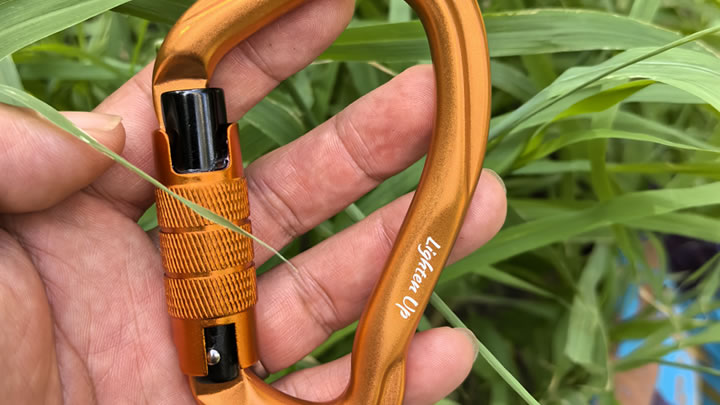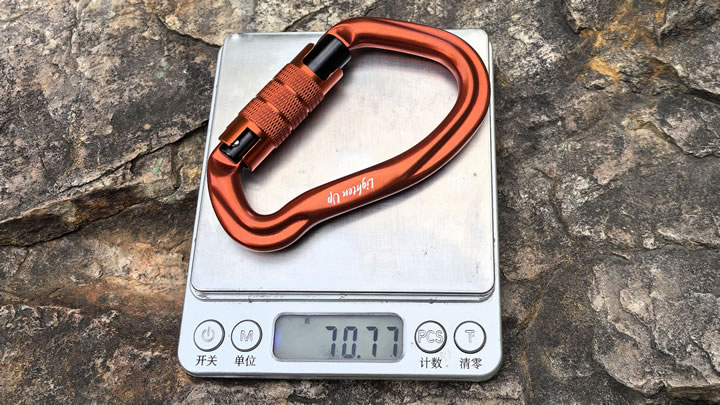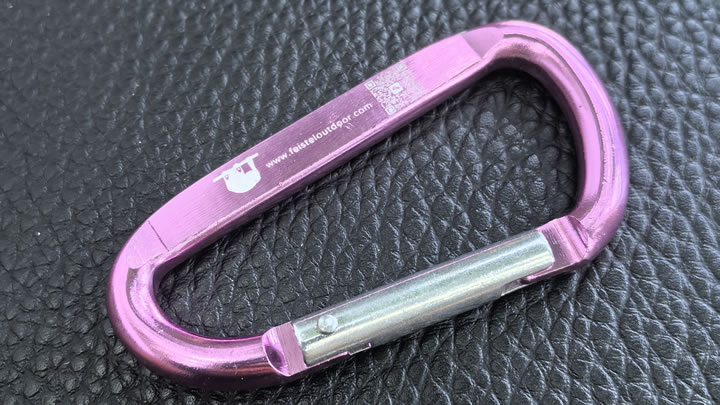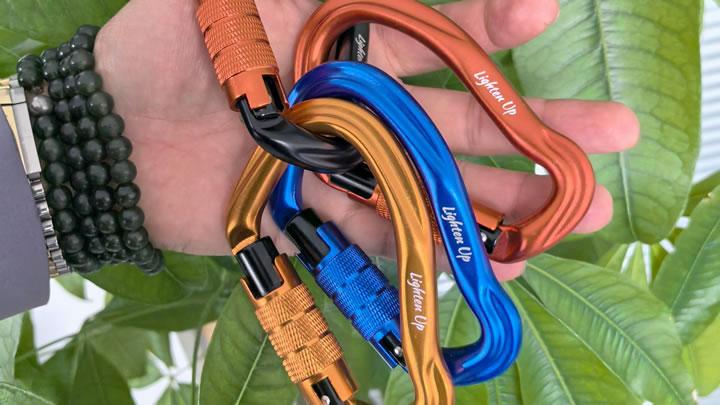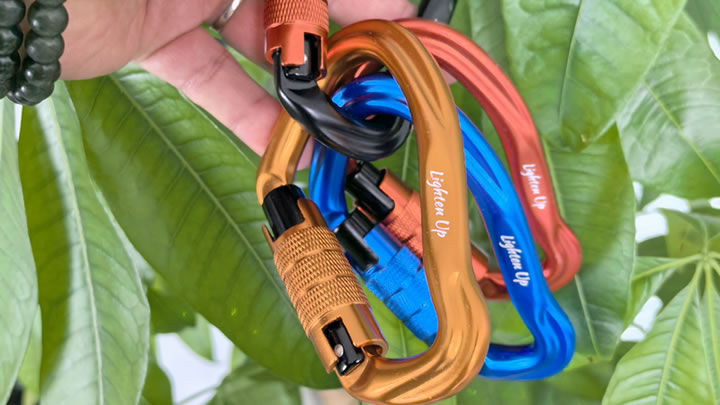Left vs. right hand: Which side should I hold my walking stick?
Choosing the correct side to hold your walking stick is crucial for balance, injury prevention, and effective mobility. This guide explains the biomechanics behind proper placement, common mistakes, and expert-recommended techniques.

Why the Side Matters: Biomechanics 101
Holding the stick on the opposite side of your weaker leg creates a counterbalance that:
- Reduces Joint Pressure: Shifts 20–30% of body weight off the affected hip or knee.
- Improves Stability: Mimics a natural four-legged gait pattern.
- Prevents Posture Issues: Avoids leaning, which strains the spine and shoulders.
Example: If your left leg is injured or weak, hold the stick in your right hand.
Step-by-Step: How to Choose Your Stick’s Side
- Identify Your Weaker Side: Note which leg feels unstable, painful, or post-surgery.
- Test Both Sides: Walk briefly with the stick in each hand. The correct side feels more balanced.
- Observe Your Posture: Proper placement keeps shoulders level and back straight.
Common Mistakes & Consequences
❌ Holding the Stick on the Painful Side:
- Increases weight on the weak leg, worsening pain.
- Forces compensatory leaning, risking falls.
❌ Switching Sides Randomly:
- Disrupts muscle memory and balance adaptation.
❌ Using Dual Sticks Incorrectly:
- Unless prescribed (e.g., bilateral injuries), two sticks may overcorrect gait.
Special Cases: When to Alternate Sides
- Mild Bilateral Weakness: Alternate sides every 15 minutes to prevent muscle imbalance.
- Neurological Conditions (e.g., Parkinson’s): Consult a therapist—some patients benefit from a single stick on the less affected side.
- Temporary Injuries: Switch sides as strength improves during recovery.
Expert Tips for Optimal Use
- Sync with Your Steps: Move the stick forward with your weaker leg for rhythmic support.
- Adjust Height First: Ensure the handle aligns with your wrist crease (elbow bent 15–20°).
- Use a Wrist Strap: Prevents drops without relying on grip strength.
Top Walking Sticks for Left/Right Hand Use
- Drive Medical Adjustable CaneAmbidextrous ergonomic handle, flip-lock adjustability.
- Hugo Mobility QuadPodQuad base stabilizes either side, 300-lb capacity.
- Carex Soft Touch CaneLightweight aluminum, contoured foam grip for comfort.
When to Consult a Professional
- Persistent pain or imbalance despite correct stick placement.
- Post-surgery rehabilitation needing customized gait training.
- Neurological conditions affecting coordination.
Final Verdict: Always hold your walking stick on the side opposite your weaker leg to maximize stability and offload joint pressure. For bilateral issues, alternating sides or using dual sticks (under supervision) may be necessary. Test different options and consult a physical therapist for personalized guidance.

